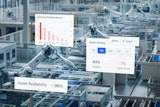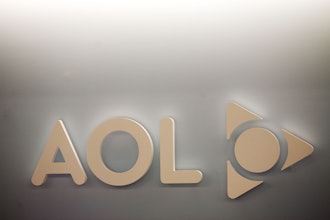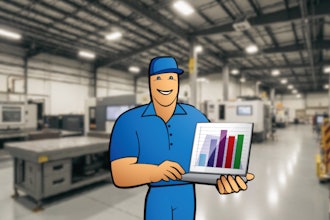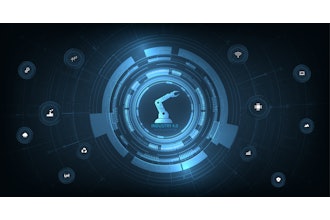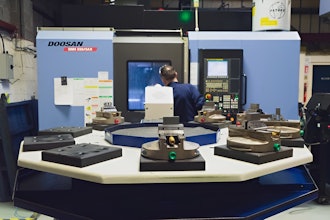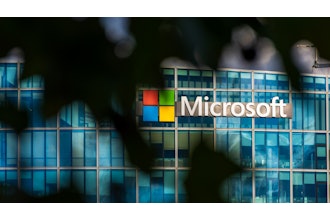
Actual costing is a cost accounting method that records the real expenses incurred during production, including direct materials, labor and sometimes manufacturing overhead. Unlike standard costing, which uses estimated costs, actual costing tracks expenses as they occur, providing an accurate picture of production costs. This method is essential for businesses where material, labor or overhead costs vary significantly, making estimates unreliable.
Benefits of Actual Costing
Understanding your manufacturing costs is key to maintaining profitability. Here’s how actual costing can benefit your business:
- Tracking expenditures Actual costing helps manufacturers identify exactly where money is spent across different cost objects, such as units, batches or orders. It provides clear insights into the material and labor costs tied to each, ensuring efficient resource allocation.
- Setting accurate product prices With actual costing, manufacturers can calculate the total cost of each cost object, factoring in actual direct costs. This data allows for pricing that covers production expenses, ensuring profitability without relying on estimates. If costs rise unexpectedly, manufacturers can pinpoint the causes.
- Responding to cost changes Actual costing enables quick reactions to cost fluctuations. When material prices or labor rates change, manufacturers can instantly assess their impact on product or order costs. For example, if material costs rise, manufacturers can switch suppliers or adjust prices accordingly.
- Improving budgeting and forecasting Actual costing enhances budgeting and forecasting by using real historical data. Instead of relying on estimates, manufacturers can base future predictions on actual expenses from past periods, resulting in more accurate financial projections.
Tracking Actual Costs in Spreadsheets
Tracking actual costs in spreadsheets involves monitoring material, labor and overhead costs tied to specific products, batches and orders. This process is complex and time-consuming, requiring constant attention. Spreadsheets must capture all relevant cost components, including detailed information on material lots, such as quantities, unit prices and suppliers. Labor and overhead costs are simpler to track through hours worked.
The challenge lies in accurately associating materials with their respective costs, especially when raw material prices fluctuate. For example, a batch made with flour from different lots at varying prices requires precise calculations. This detailed tracking ensures financial accuracy, supports operational decisions and aids in recalls or quality control.
However, as data grows, spreadsheets become cumbersome and prone to error. Lacking real-time updates and integration with other systems like inventory or procurement, spreadsheets work for small operations but larger businesses need specialized software for effective actual costing.
Tracking Actual Costs with Manufacturing ERP
In the early stages, small manufacturers often use spreadsheets and accounting software to track costs. While this works initially, it becomes overwhelming as production scales. Managing materials from multiple suppliers with fluctuating prices, linking material lots to specific products or batches and collecting shop floor data for insights can become too complicated for manual systems.
Manufacturing ERP software like MRPeasy offers a better solution by ensuring complete traceability of costs throughout the production process. Unlike general accounting or inventory systems, MRPeasy tracks material and labor costs in real time and links them to specific stock lots, orders and products. This enables continuous monitoring of manufacturing costs, identification of cost variances and quick action, such as adjusting prices or selecting more affordable suppliers.
Furthermore, by connecting BOMs and production routings to material and labor costs, ERP systems help accurately estimate production costs when quoting. Integration with accounting software streamlines workflows by automating cost data exchange and simplifying record reconciliation.
Learn more about MRPeasy by visiting https://www.mrpeasy.com/
